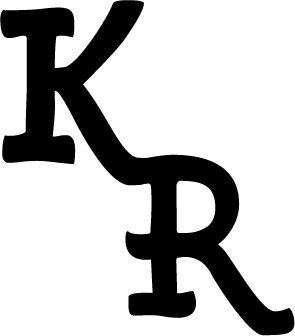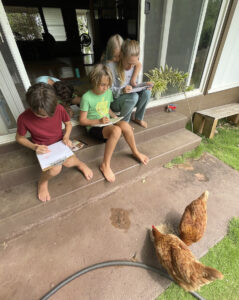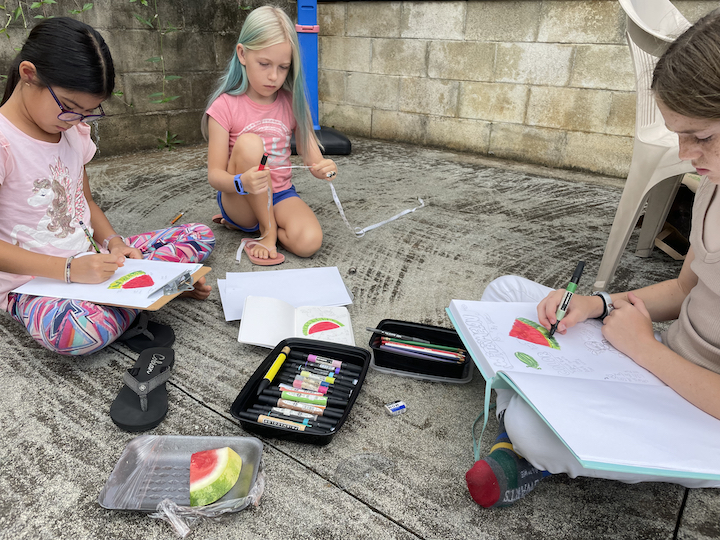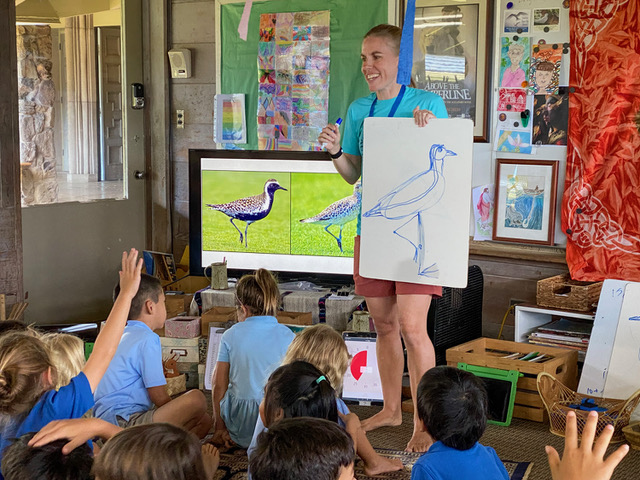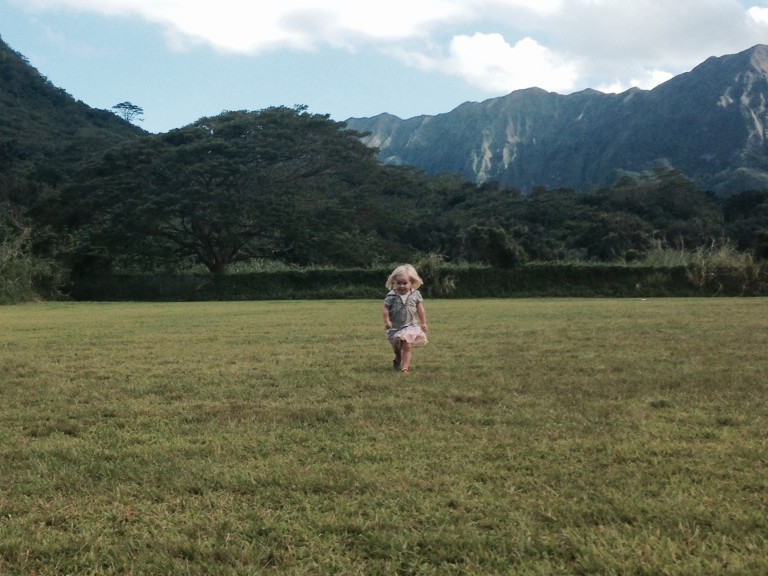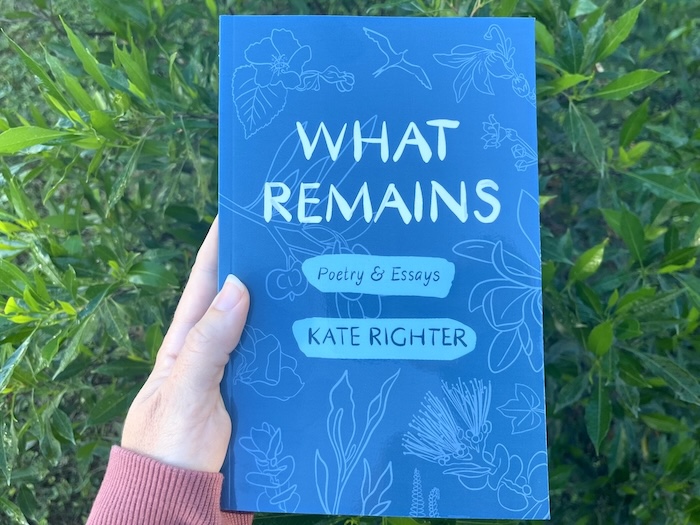Types of Attention
Nature Journaling begins with the observation of nature — paying attention to the world around us. Then we document those observations in different ways in our journals with words, pictures, and numbers.
So what does it mean to give attention to something, and what are the different ways to do that?
In other words, it’s time to get meta and give attention to the topic of attention.
My interest in this subject began with Austin Kleon’s blog post about Bill Keaggy’s TEDx talk, “How to Find Attention, Mindfulness, and Creativity in the Ordinary.” In it, he sums up two types of attention:
- “Ambient noticing” — you’re just soaking in everything, taking in the big picture, and letting things come at you
- “Purposeful attention” — you have a goal of seeking out specific things, such as colors, signs, sad chairs, etc.
These ideas really resonated with me, and I began to wonder and start to notice which types of attention I was cultivating day to day – and how many times I wasn’t paying attention to much of anything at all except the cacophony inside my own head, even while on a walk on a beautiful evening.
I proposed this topic for the weekly Nature Journal Educator Forum back in April, and I wanted to share a summary of that discussion with you. These are some invitations to consciously cultivate different types of awareness. Enjoy!
Gestalt (Paying attention to the whole)
- Meditation, mindfulness
- Sit spot — same place, consistently
- Lay down and look up
- Go somewhere new
- Go a different way
- Go somewhere familiar at a different time
- Go alone or with someone new
- Look up, look down, look under, look between
- Look through: binoculars, magnifying glass, picture frame, or a cardboard cut out
Related Projects
- Draw a landscapito (a mini landscape drawing, about the size of a credit card)
- Look up, look down, look under, through
- Make a map
- Focus on how large scale forces affect the entire landscape (weather, geology)
- Focus on sound, smell, bodily sensations
- Write a poem
- Let the focus or attention come to you
Purposeful (Paying attention to specific prompts)
- Specific nature objects
You can choose how precise to be before you search: for example, least specific would be to simply find an interesting leaf, more specific would be to find an oak leaf, and the most specific would be to find an oak leaf that is fallen and whole and is a specific color.
Perhaps the most common nature object that people purposefully look for is birds. In Kyo Maclear’s book, Birds Art Life she writes: “Birding is more than an activity. It’s a disposition. Keep your eyes and ears and mind open to beauty. Look for birds in unprecious places, beside fast food restaurants, and in mall parking lots.” I think that sums up so much of what I love about nature journaling in general: it helps me stay open to beauty. - Nature clues
Look for indications of natural phenomena, such as with tracking (footprints, broken twig), indicators of insects (holes in leaves, spiderwebs), or indicators of season (blooming flower) - Senses
How can you let your sensory experiences guide you, paying attention to both your own experience and how it is affected by moving through your environment? Some ideas are: find the warmest part of the yard, quietest street in your neighborhood, or follow a smell to its source. - Pareidolia
This is the act of finding meaning or interpreting random patterns to find something that isn’t really there. The most common example is seeing faces in the trunk of a tree, but it also extends to finding shapes in clouds, or even simpler concepts, uch as colors, numbers, letters, or shapes.
